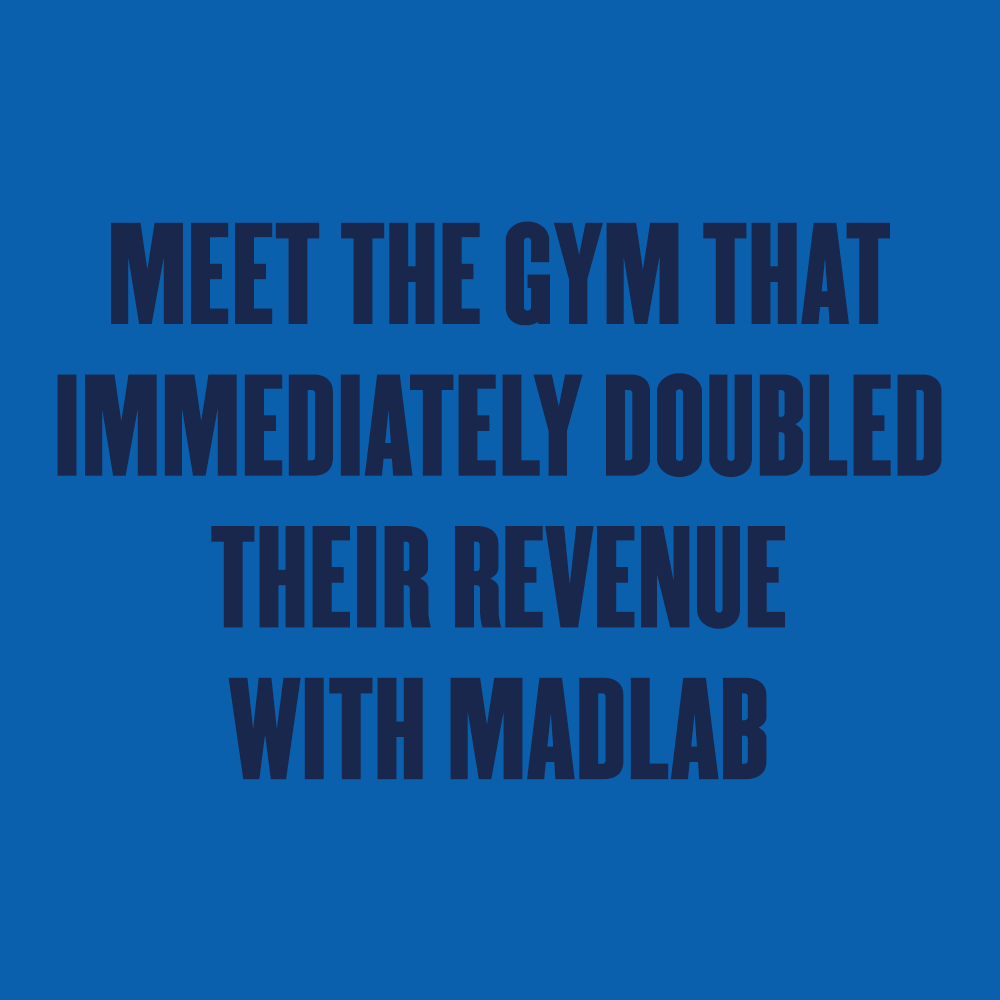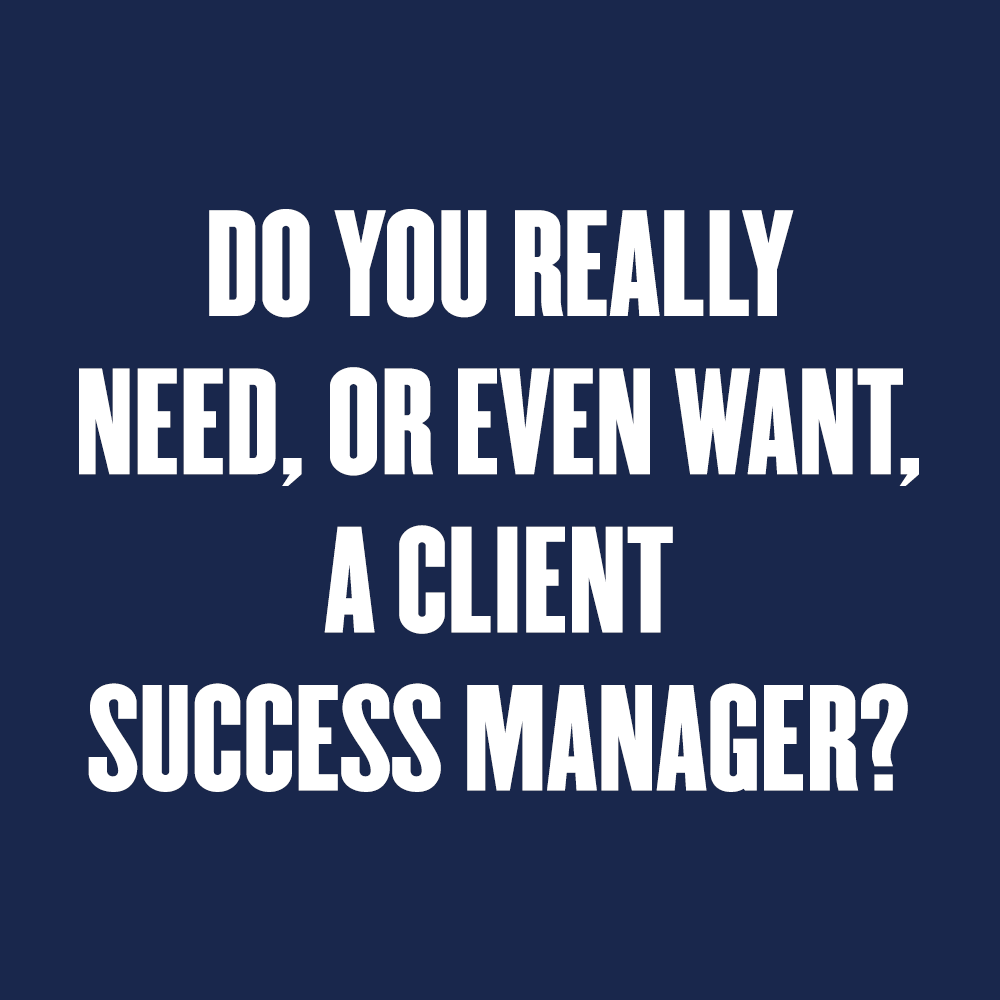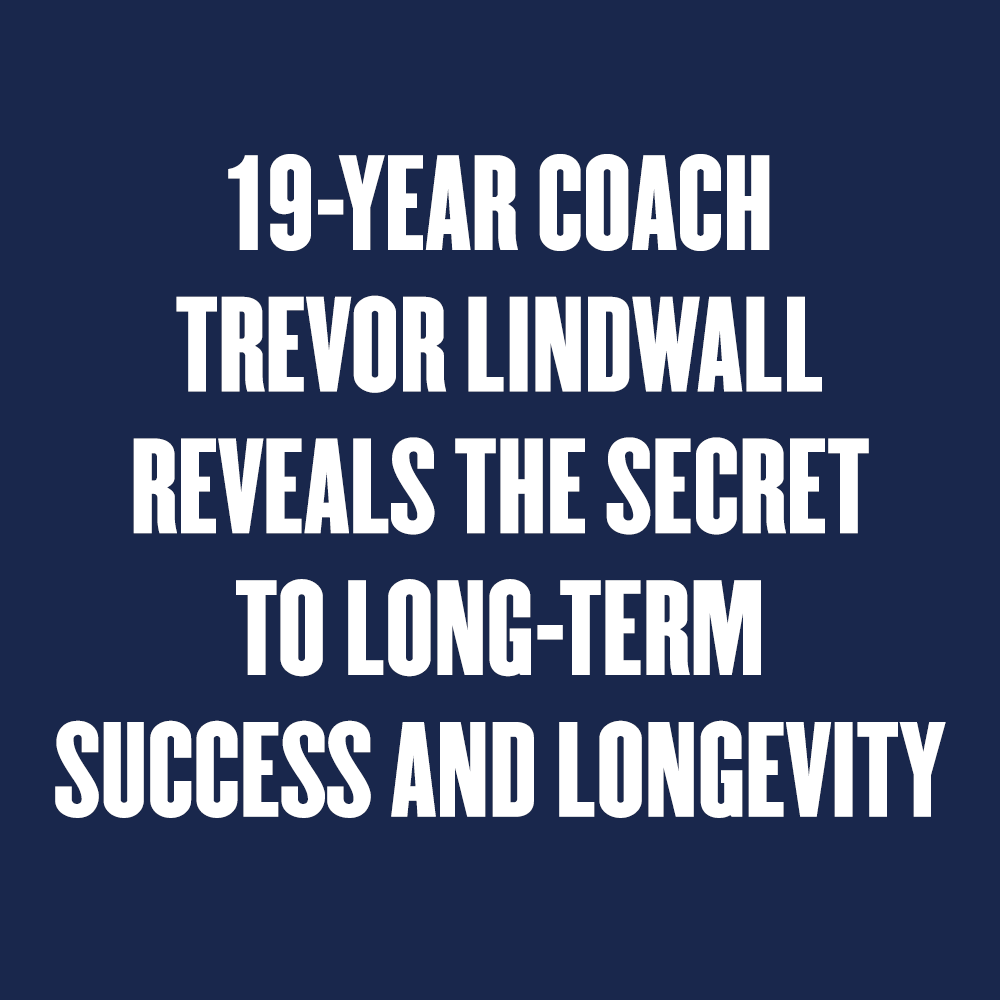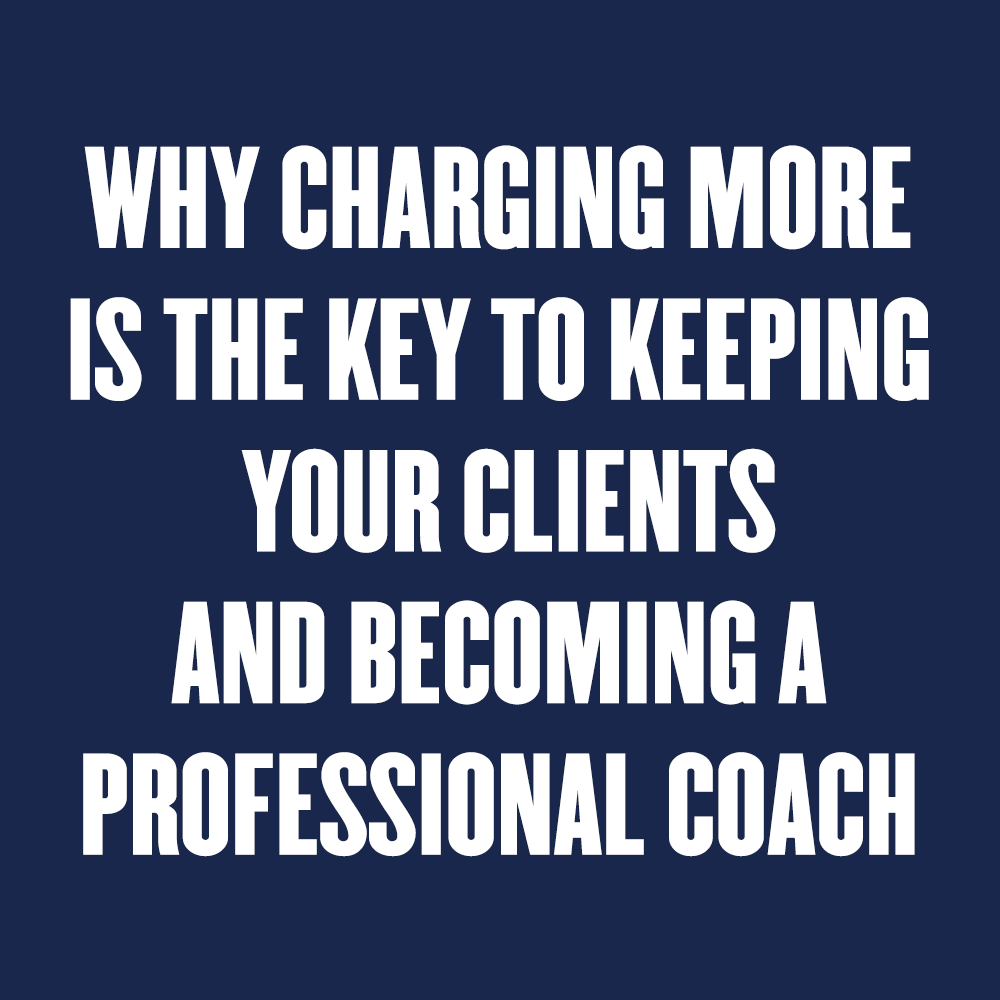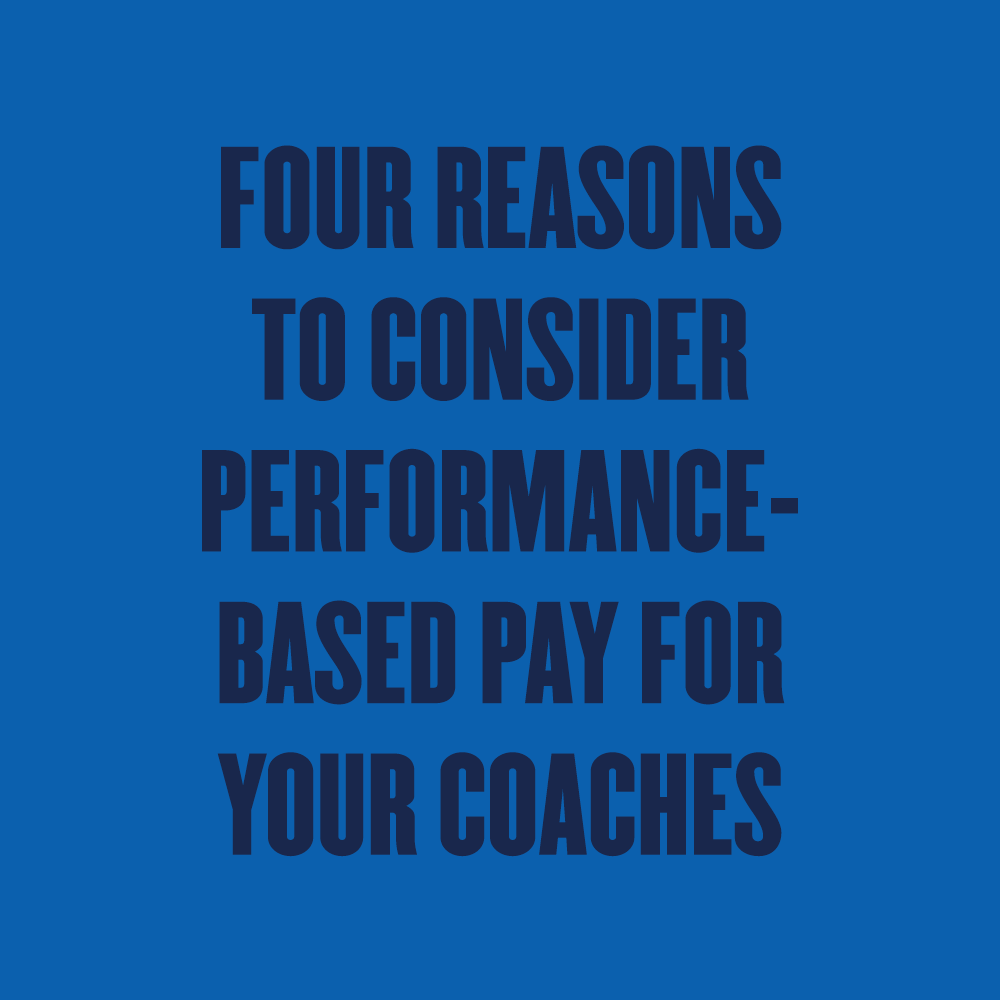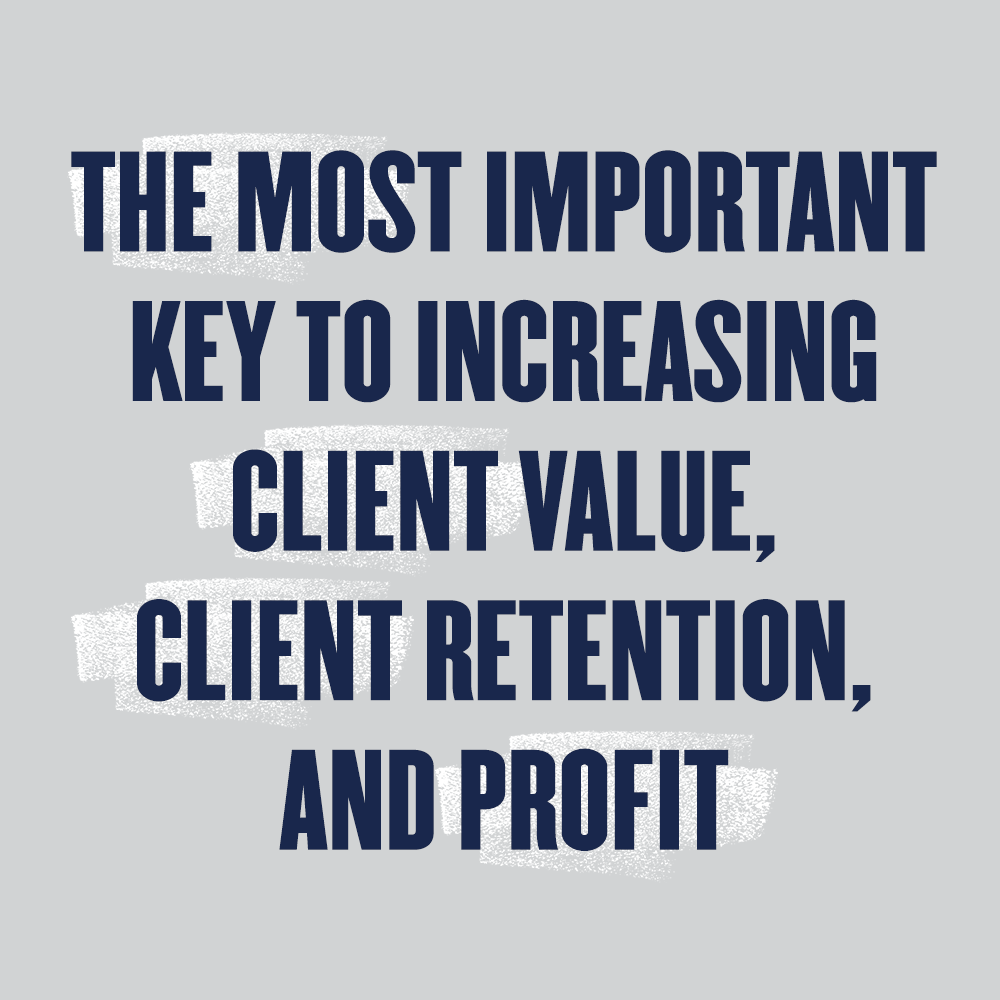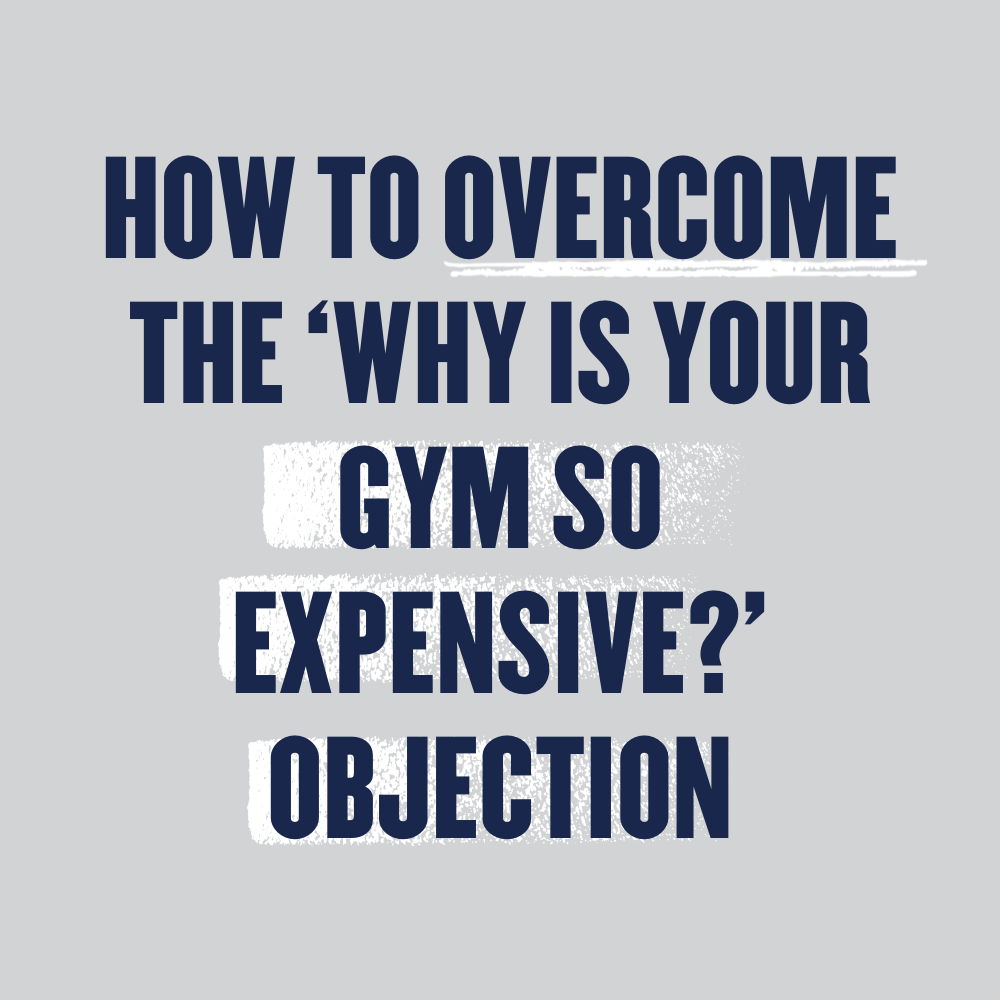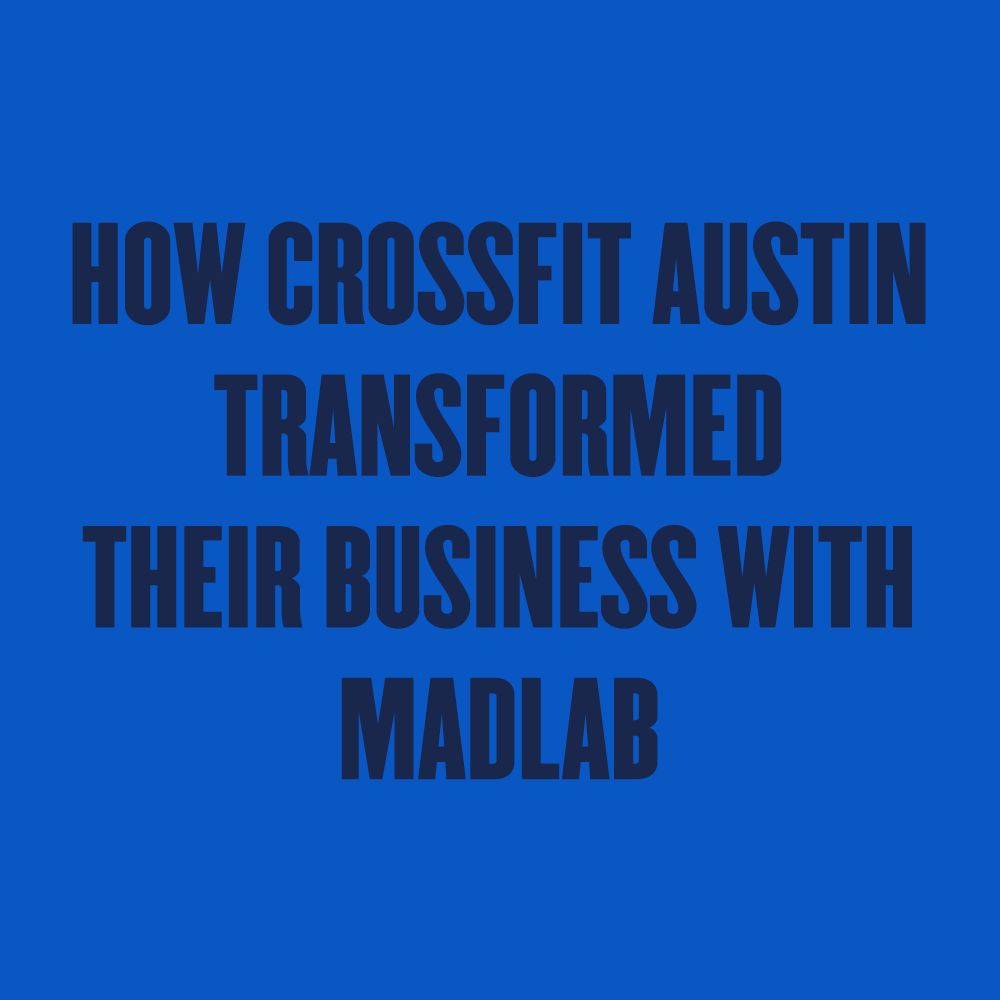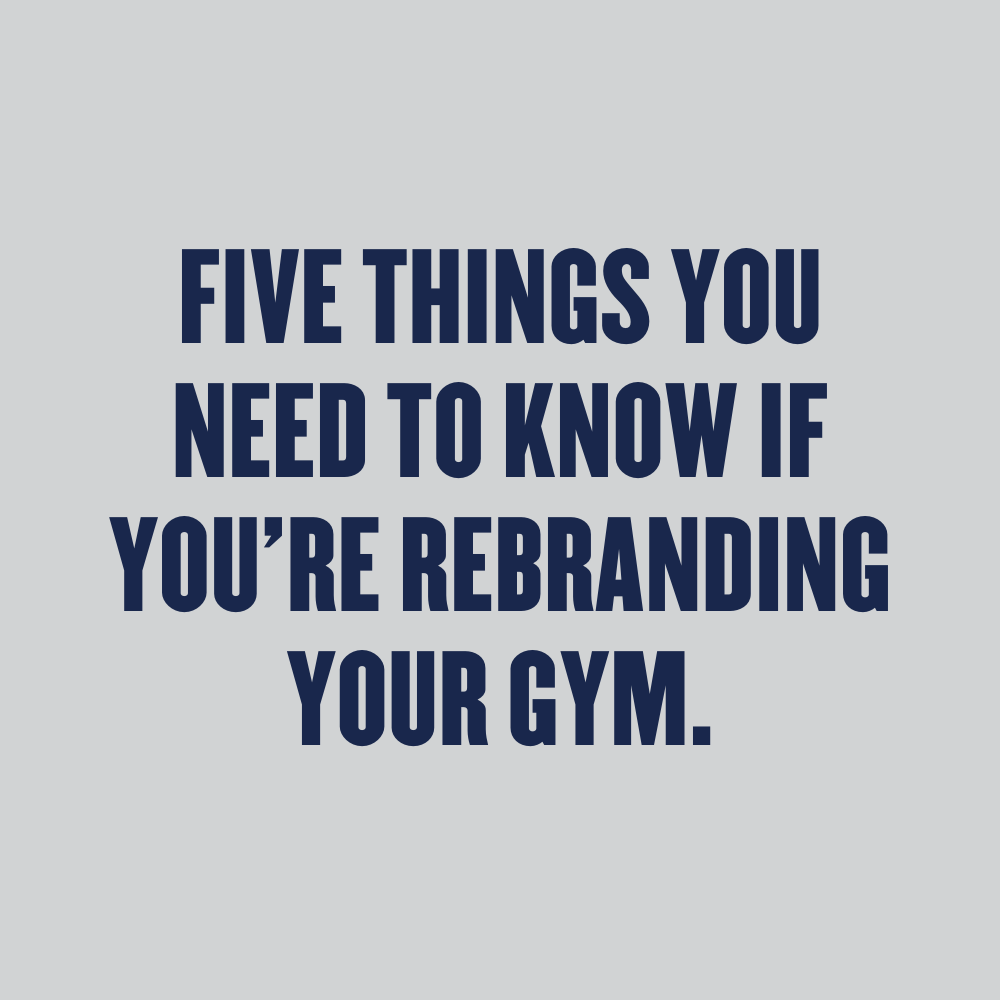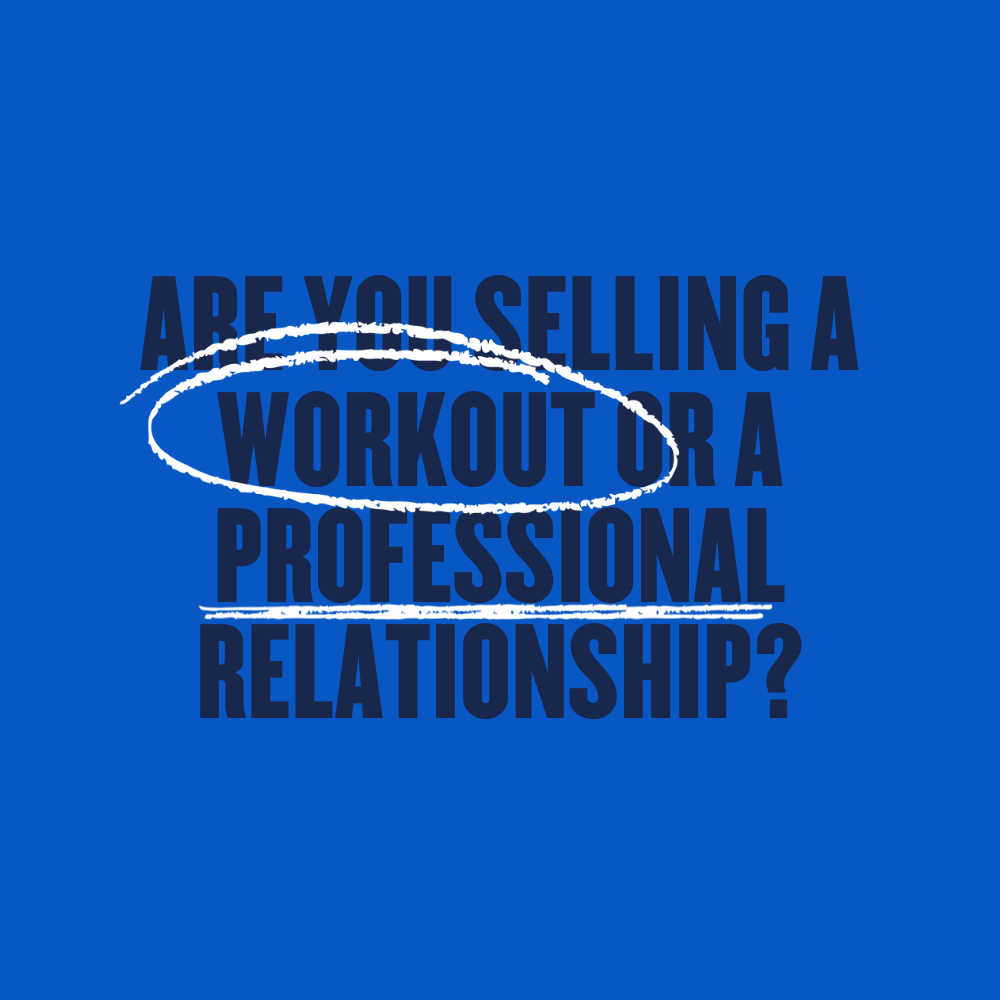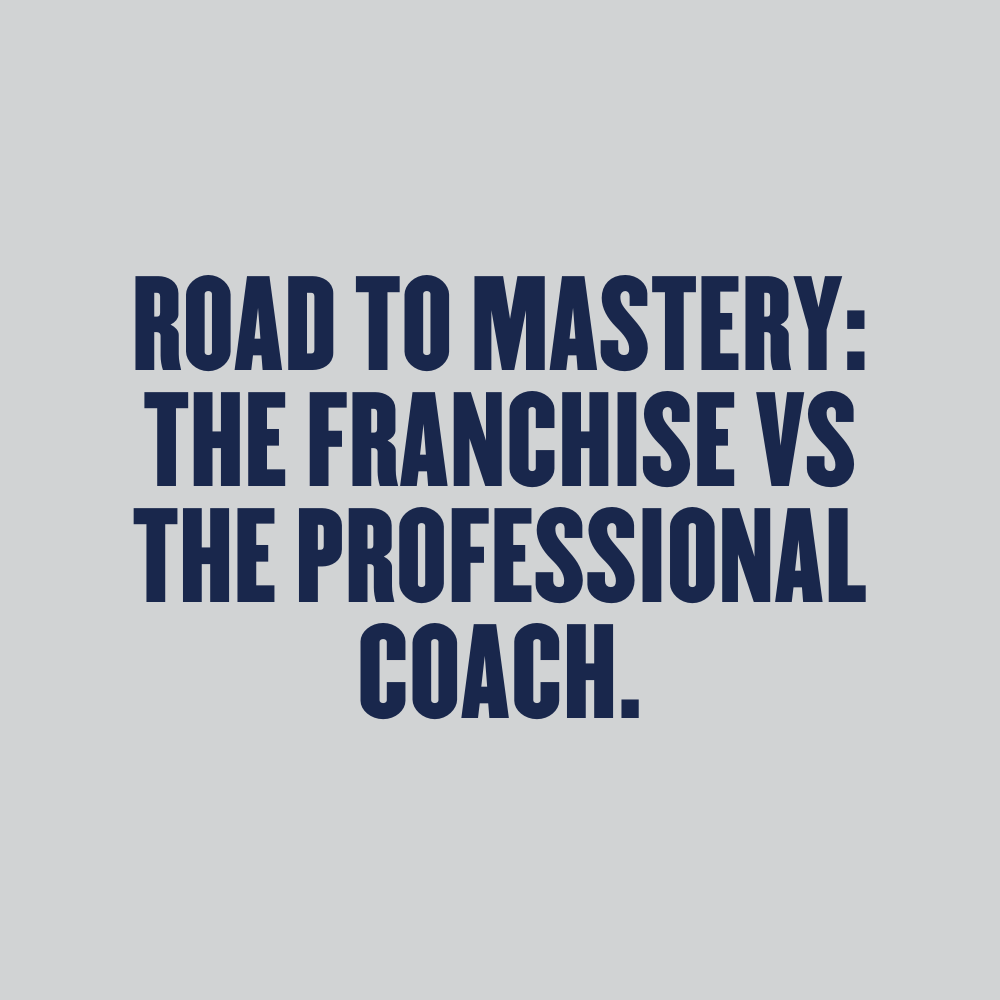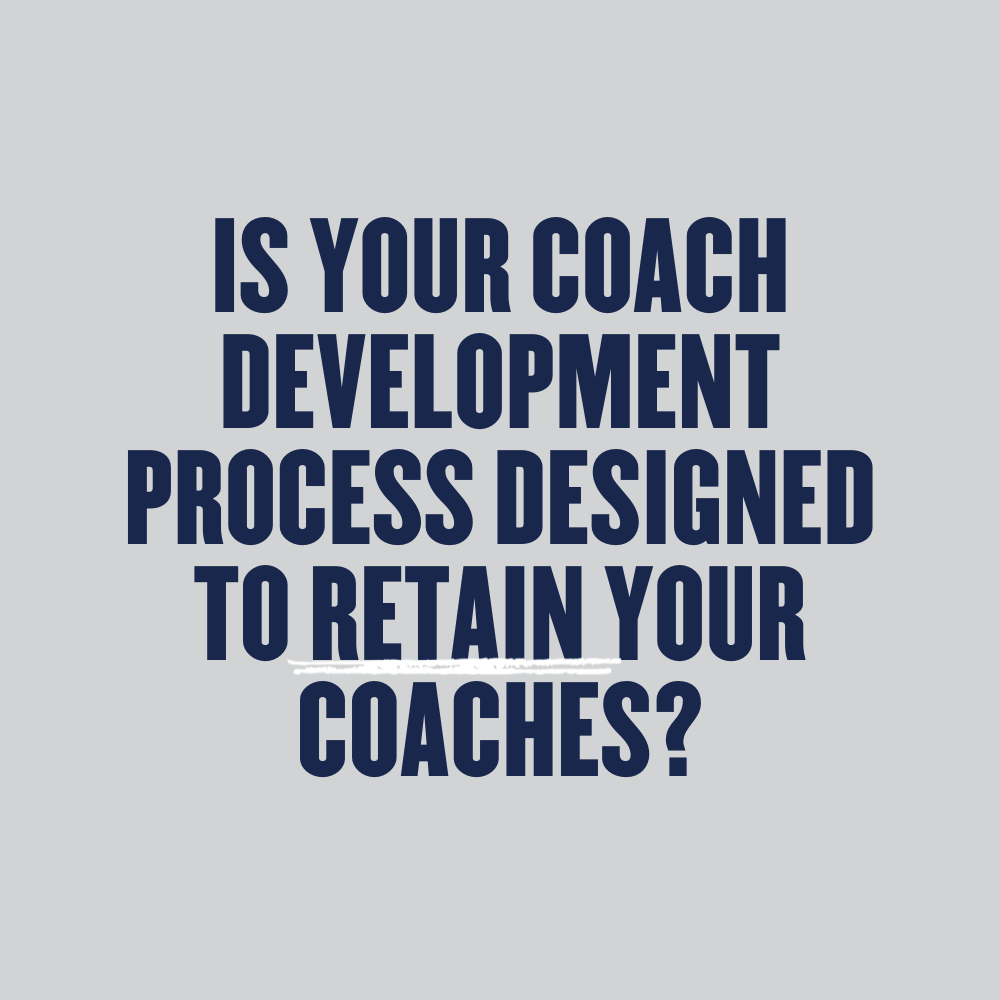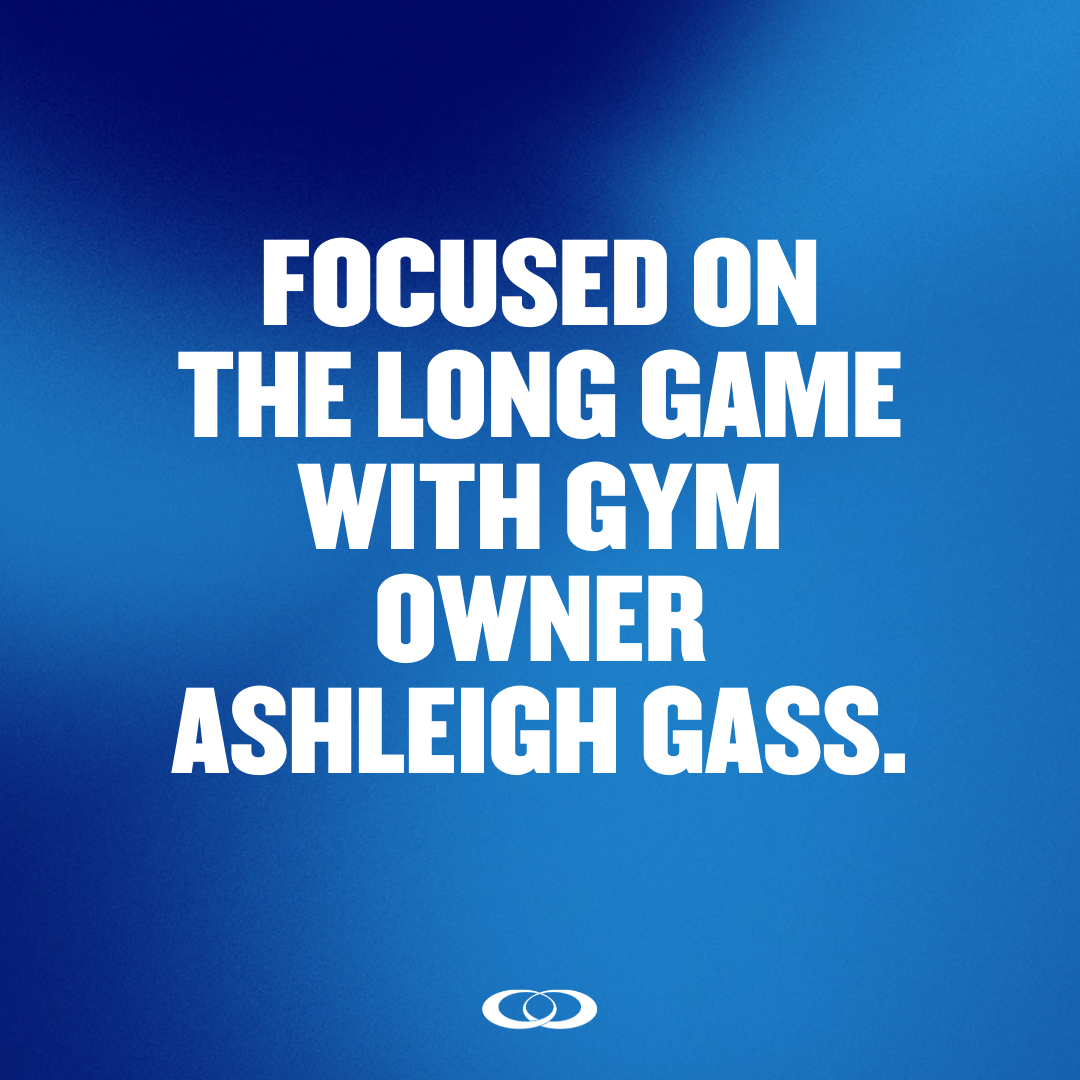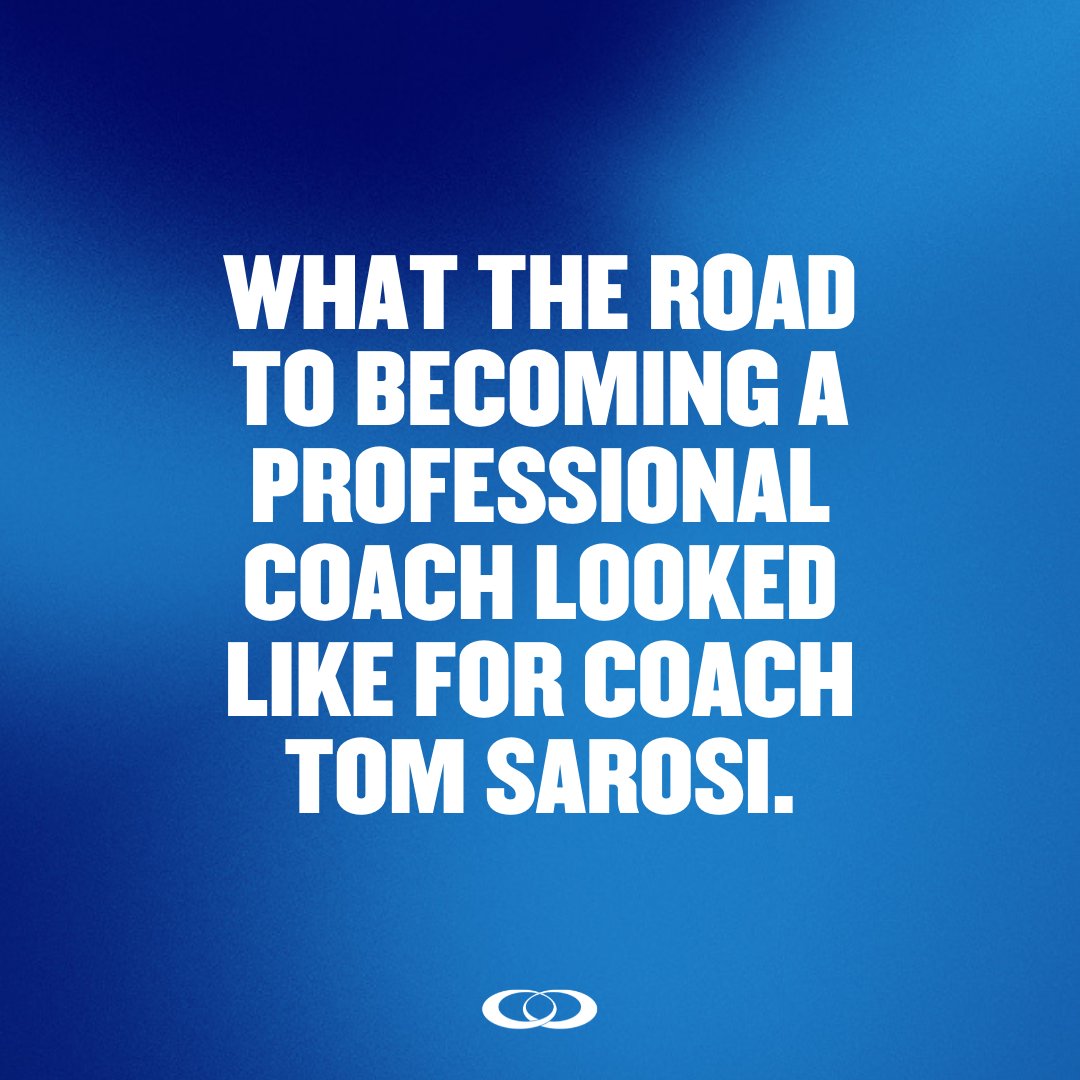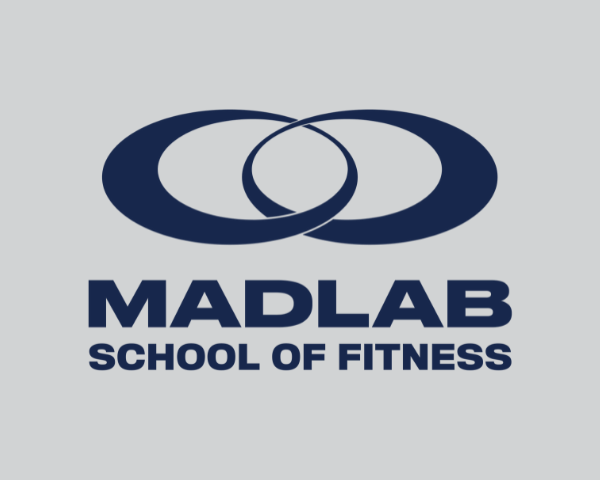WHY A RIGOROUS CLIENT INTAKE PROCESS MATTERS FOR CLIENT SUCCESS, CLIENT RETENTION AND AVERAGE CLIENT VALUE.
From a free class or free week to a group fundamentals program, to a bring-a-friend day, to one-on-one personal training, when it comes to onboarding new clients, we have tried it all since opening our doors in 2005 when we became the first CrossFit affiliate in Canada, CrossFit Vancouver.
Seventeen years later, as Madlab School of Fitness along with the Madlab Business Group, after working with hundreds of gyms the around the world to discover best practices, we have found nine laws—The 9 Laws—that have proven to work over and over both in small towns and large cities, in markets from North America to Europe to Australia.
But let's reverse engineer this for a second and consider what we mean by "work."
What does "working" for the client, coach and business really mean?
Well, I think we can all agree what the client wants is to see results. And what the business needs is to keep clients for as long as possible and charge them enough to be profitable; thus, a high client value and high client retention are bueno for the business.
And what will determine if a client is willing to pay a lot of money and stick around for years?
Results!
Food for thought: Have you ever had a client quit on you who just got their first pull-up or lost 50 pounds?
This brings us to the first law. It states:
The client's first-day experience should be done:
- in a one-on-one setting with one coach and one prospective client,
- by appointment only, and
- administered as a sit-down conversation (no physical training happens on the first day)
How does this lead to better client retention and a higher client value?
Simple: For a client to be willing to pay a high price, they need to see the service as valuable, meaning it needs to be a solution to their problem. And for a coach to really help a client find a solution to their problem, they need to really understand the person's unique needs, goals, and, ultimately, pain points.
I want to get fit. I want to lose weight. I want to get stronger.
None of those are the real reason the person is there. A real reason can look like:
I just got promoted to captain at work, and this means in six months, I have to be able to climb a 20-foot rope ladder hanging from the ship as the ship is moving at a good clip.
Or,
I need to lose weight because my daughter doesn't trust I'm fit enough to look after my young grandchildren on my own.
Rhetorical question: Is someone going to be able to share these pain points and fear during a free class with a coach who doesn't know their name? Or during a bring-a-friend day, or during a group fundamentals class with eight people?
There's a reason most people go on a date in a one-on-one environment: It's the only real way to get to know what you're dealing with.
This, of course, doesn't mean every client who does a one-on-one introductory session will translate into a high-paying client for a decade. But it does allow you to convert as many people as possible into long-term, high-paying clients, as it sets the tone for an authentic, open, trusting relationship between a coach and a client, something that isn't possible outside of a one-on-one conversation. And it, of course, sets the tone to allow the coach to understand the client and what they're going to need to reach their ultimate goal.
This is, of course, just step one. The second step is to put the client through a rigorous assessment process better to understand their physical abilities, limitations, and psychology. But that's the topic for another day.
Three Tips for Implementing Law #1:
1. Change Your Mindset about Sales
The first thing that often has to happen on the coach's end is a mindset shift. Specifically, you must change the way you think about sales. Sales don't have to be slimy or uncomfortable, or weird. Instead, it is a conversation between two people to get to the bottom of something—to discover if you have a solution to the other person's problem. That takes the pressure off and allows the sales conversation to be a natural, organic conversation between two human beings.
Note: We call the first day a consult as you're not necessarily trying to sell the prospect. The idea is to discover if you're a good fit and the ultimate goal is simply to:
Discover whether you have a solution to the person's problem.
Get a yes or no answer from them whether they want to train with you
2. Ask, ask, ask
If you're doing more talking than the prospect, something is amiss. Ask questions, and then ask deeper questions. Don't settle for superficial answers like, 'I just want to get fit'. Ask them why they want to get fit. How will it help their life? Why do they think this? Ask, ask, ask
3. Sit with Silence, Acknowledge weirdness
If you're digging hard, it might take a while for the client to come up with an answer. You might be asking them questions they have never considered before or questions that make them uncomfortable. So be OK with sitting in silence as the questions marinate in their heads.
That being said, don't be silent in weirdness.
Address that weird look of fear in the prospect's eyes—and call them on it. Ask what just shifted for them and why they just became hesitant. This puts it all out there in the open and gives you the chance to explain what you do, show integrity, and demonstrate the power of a real, honest relationship.
If they value what you're offering and you can show them a solution to their problem—to their pain—they'll often be willing to spend more money on themselves than they thought they would when they walked through the door.
Keep Reading

All You Need to Know to Rebrand Your GymProject type

I Have 150 Members, but Where’s the Profit?Project type
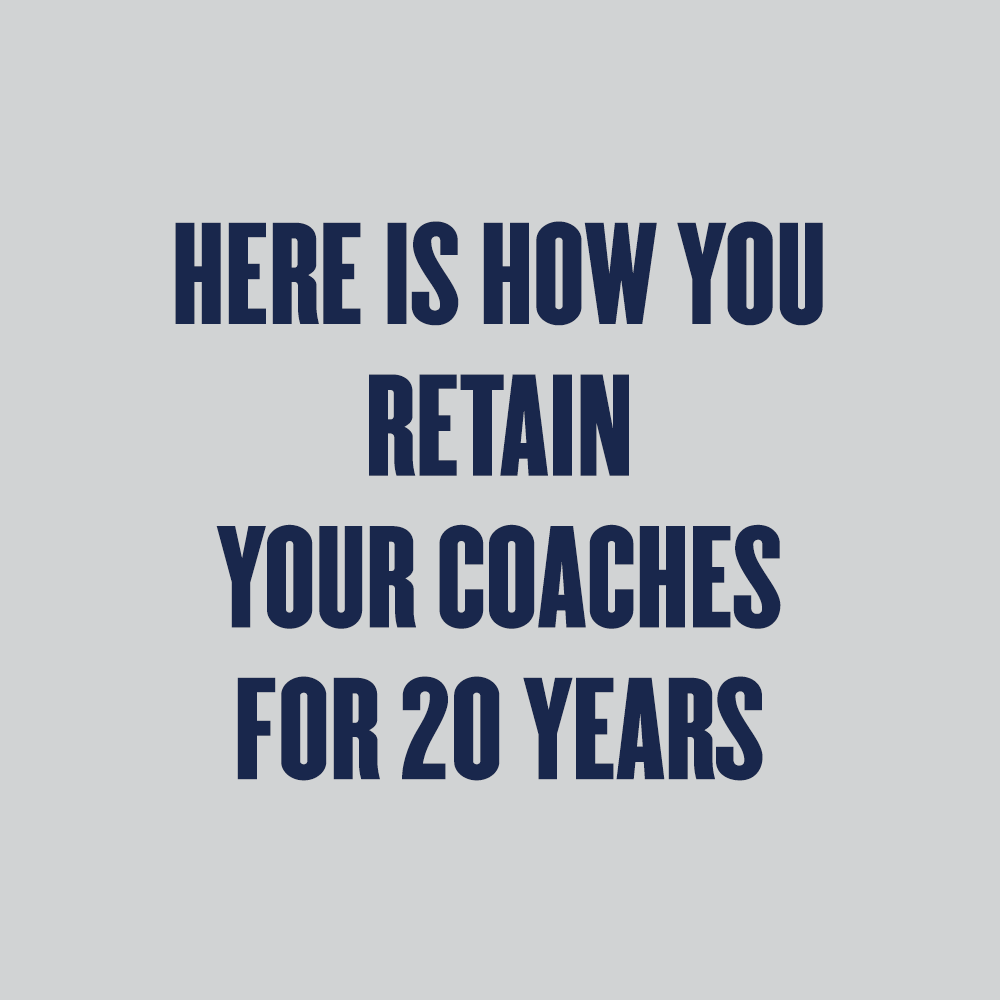
Here is how you Retain Your Coaches for 20 yearsProject type
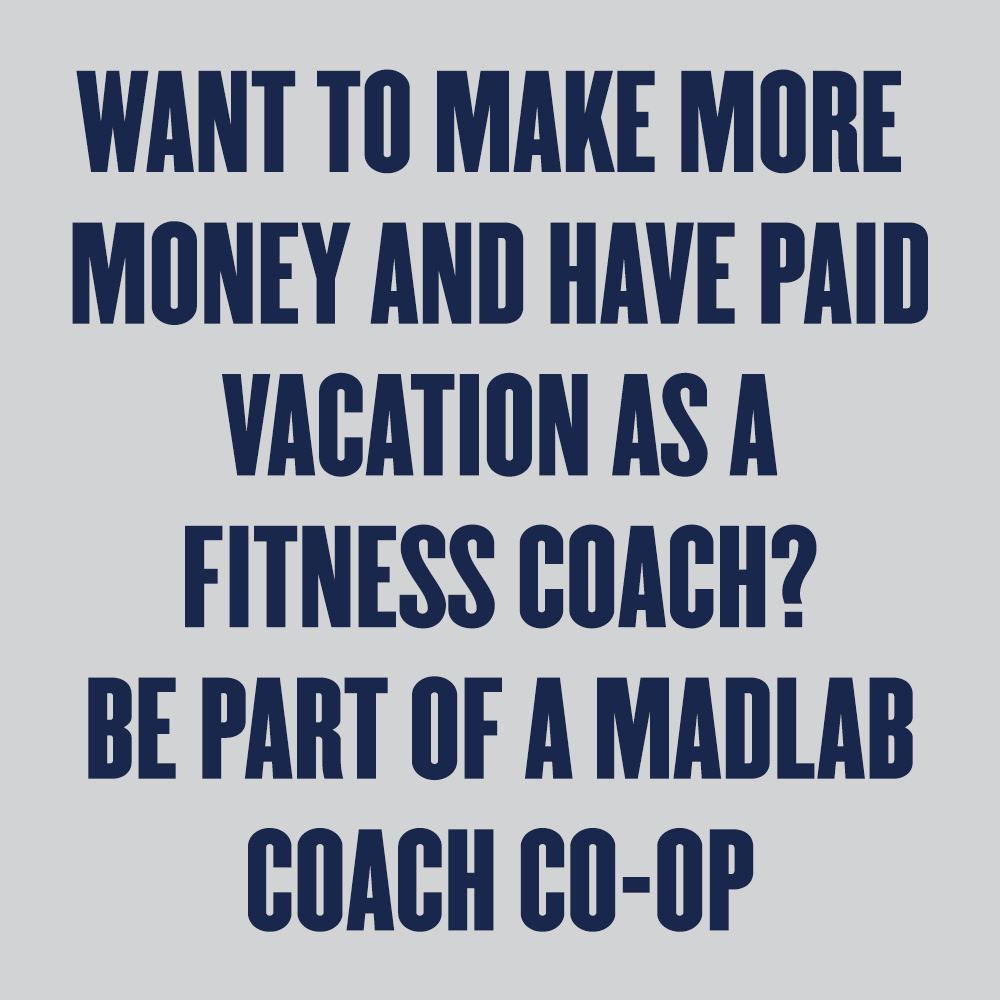
Want to Make More Money and have Paid Vacation as a Fitness Coach? Be part of a Madlab Coach Co-OpProject type

Madlab Radio - Episode #9 - CrossFit LortonProject type

Nine laws series: Law #2Project type
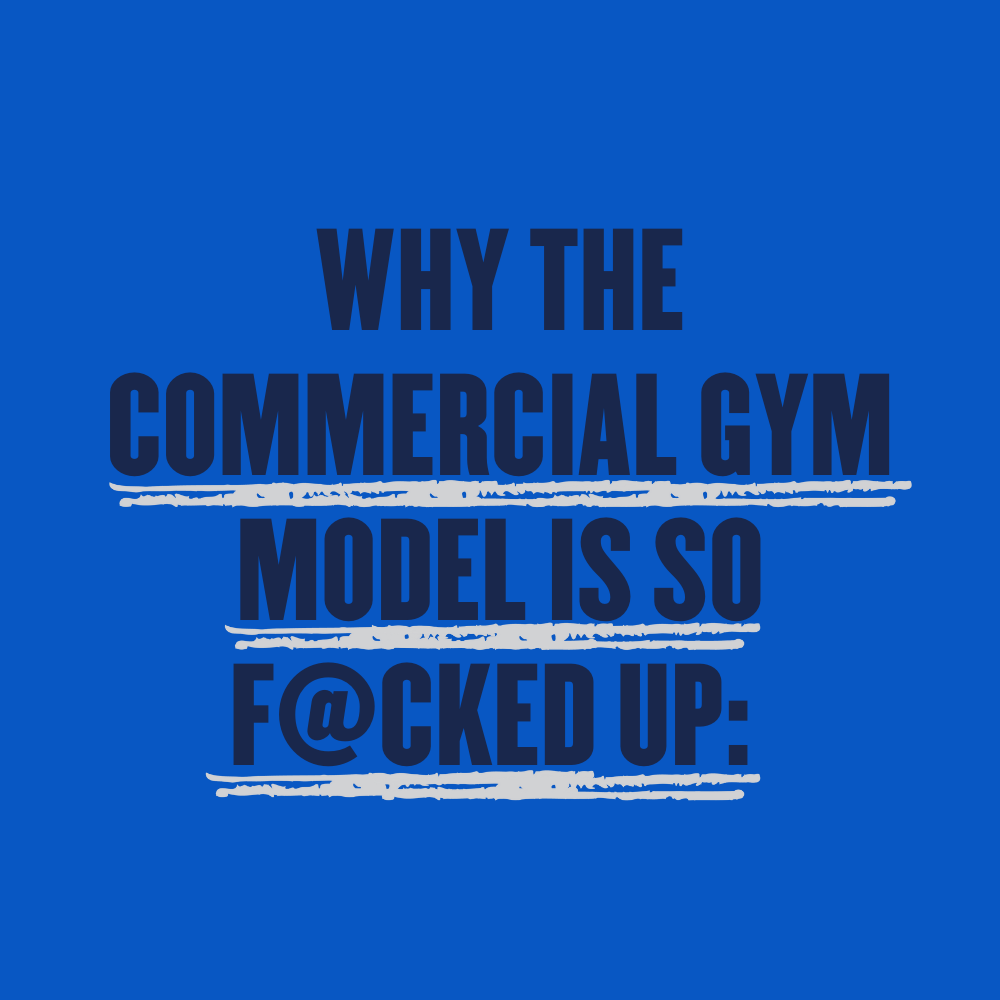
Why the Commercial Gym Model is so F@cked up:Project type

Madlab Radio - Episode #8 - Southwest StrengthProject type

Nine laws series: Law #1Project type

Madlab Radio - Episode #7 - Etienne BoothProject type

Madlab Radio - Episode #5 - Proverb FitnessProject type
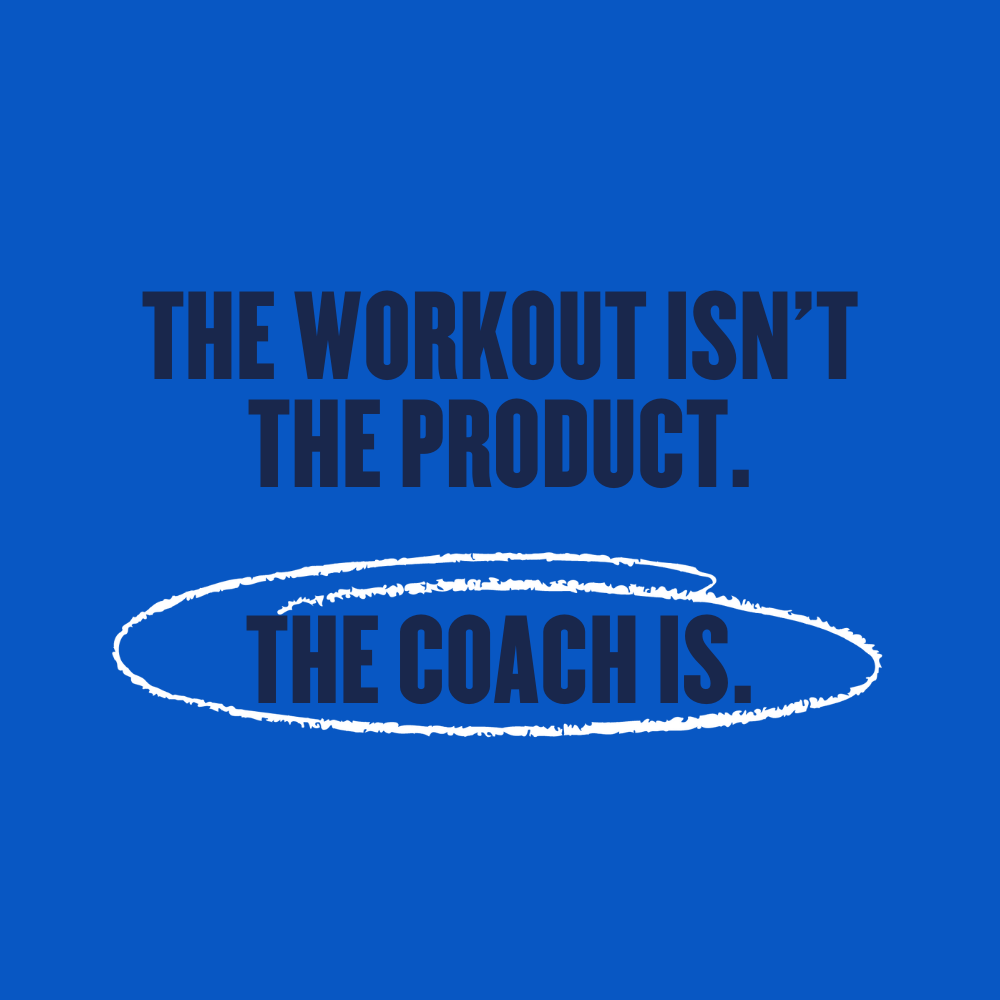
The Workout isn’t the Product: The Coach IsProject type

THE FOUR STAGES OF A GOOD CLIENT INTAKE PROCESS.Project type
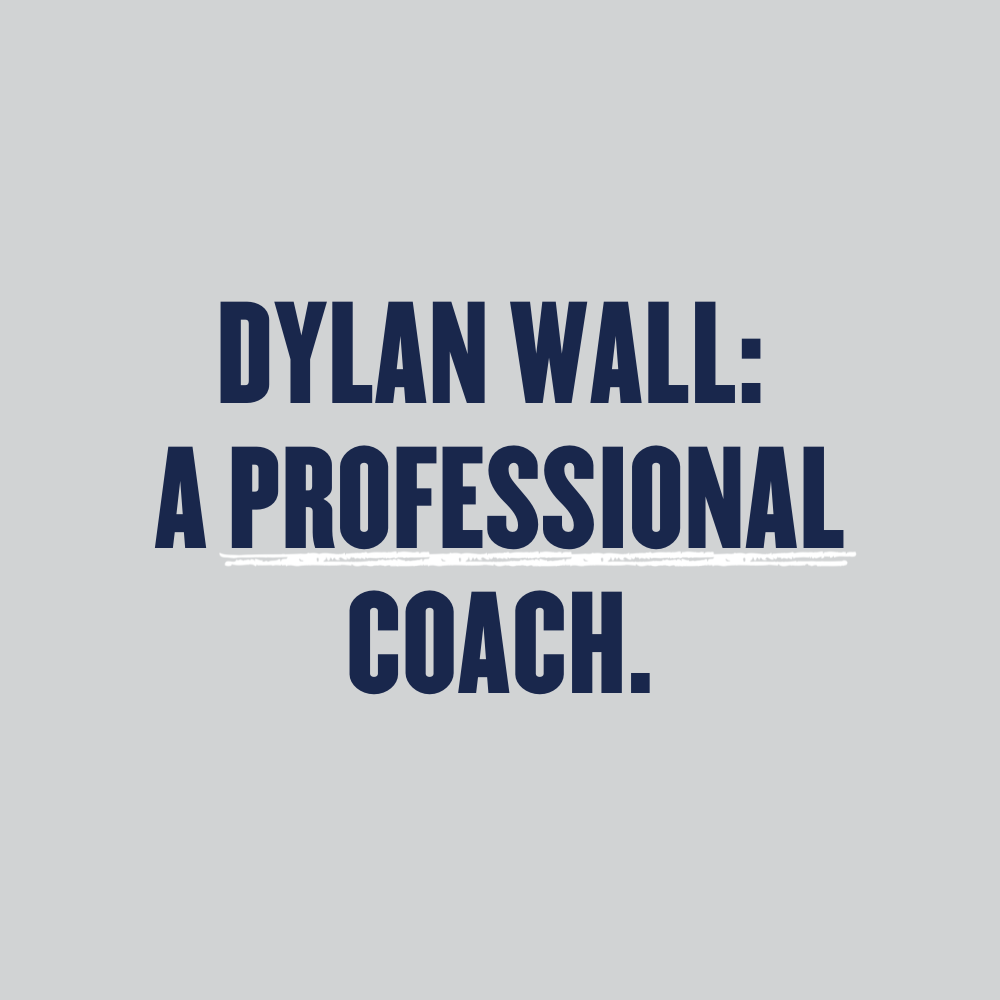
DYLAN WALL: A FUTURE AS A PROFESSIONAL COACHProject type

Madlab Radio - Episode #3 - CrossFit AustinProject type

Five Reasons for Hybrid MembershipsProject type

Madlab Radio - Episode #2 - CrossFit 561Project type

Madlab Radio - Episode #1 - Findlay MovementProject type
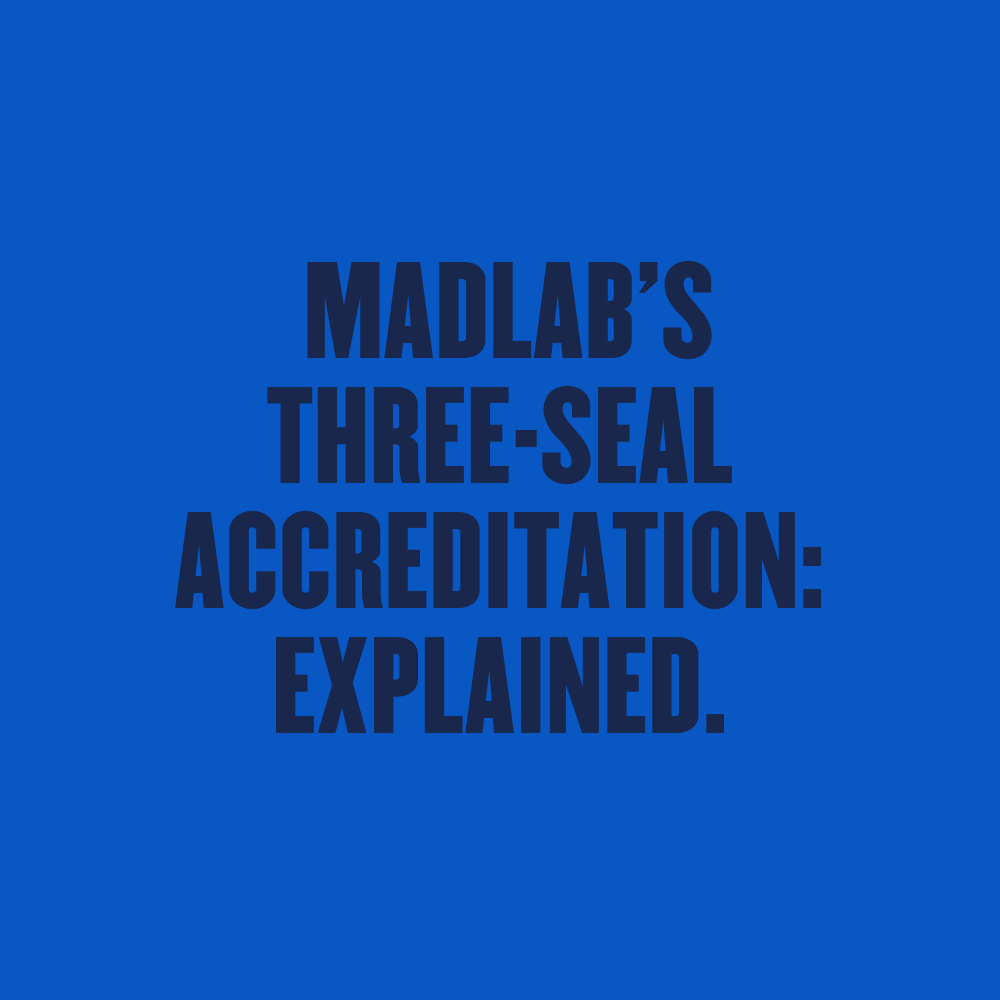
MADLAB’S THREE-SEAL ACCREDITATION: EXPLAINED.Project type
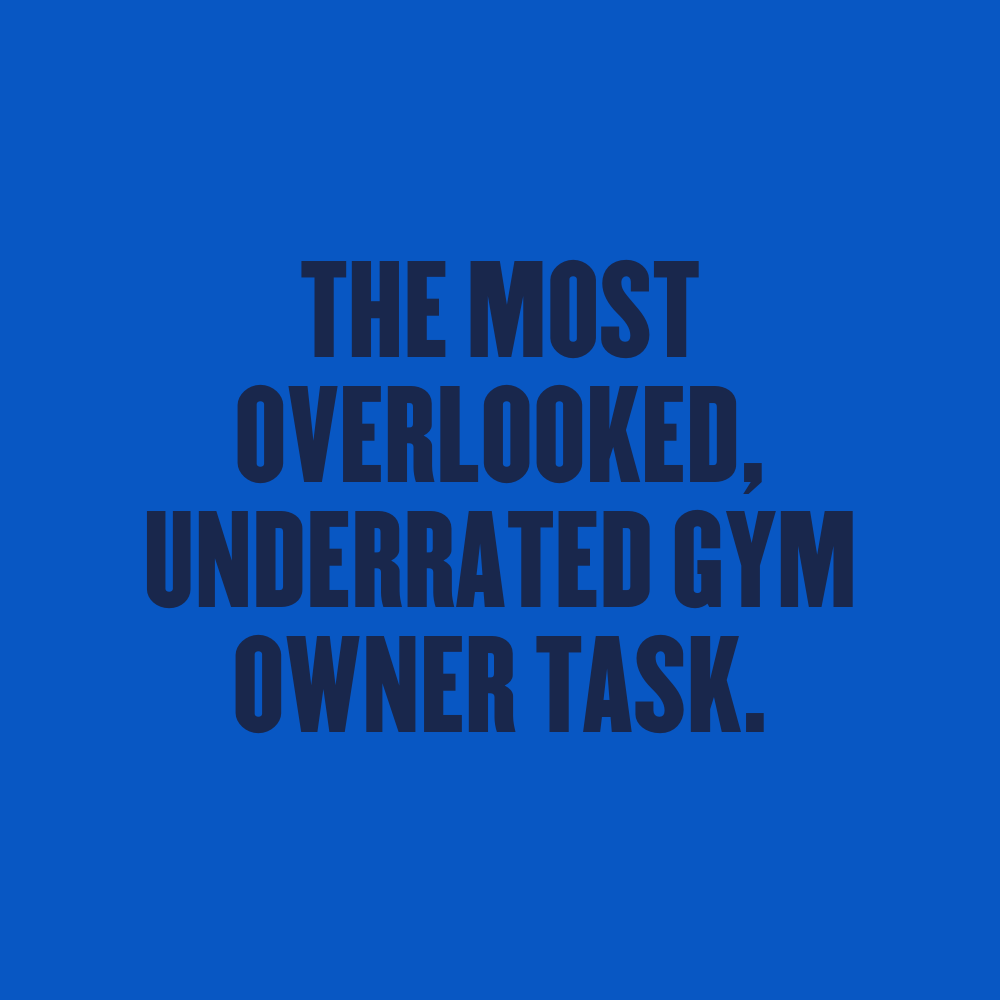
THE MOST OVERLOOKED, UNDERRATED GYM OWNER TASKProject type
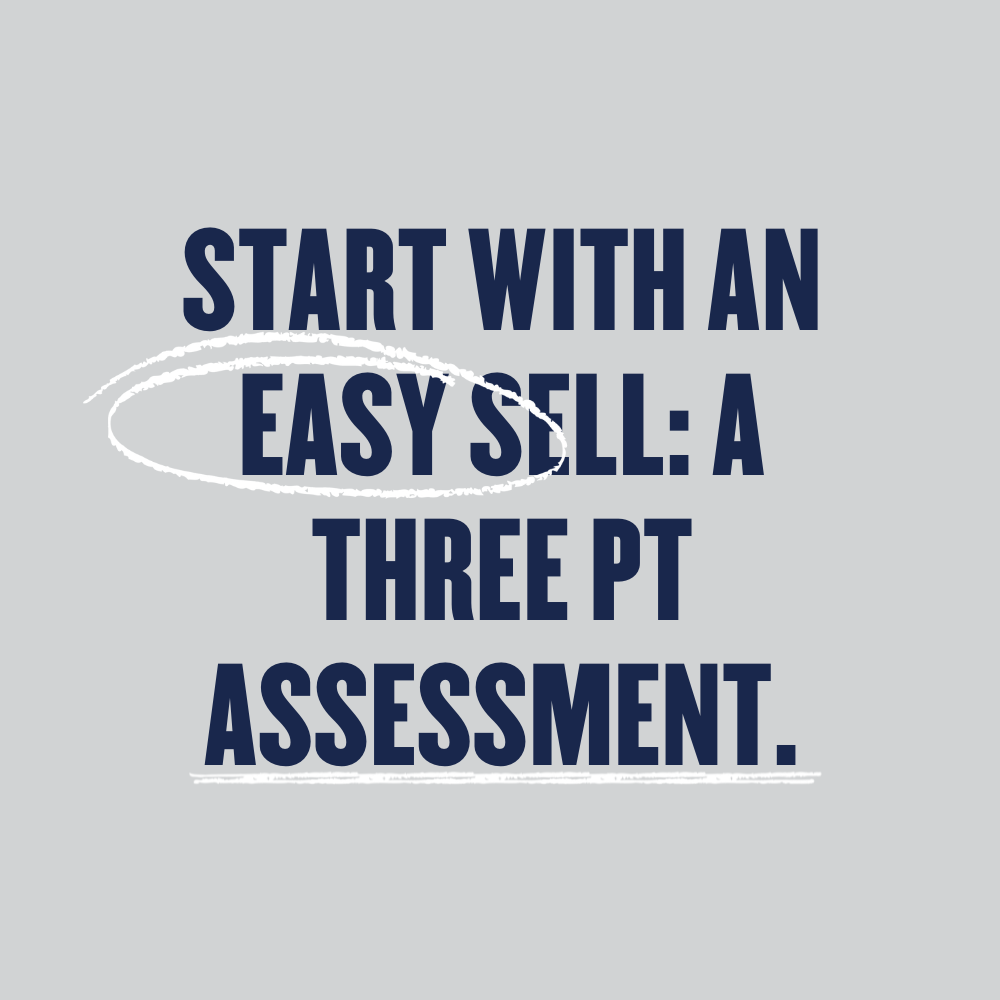
START WITH AN EASY SELL: A THREE PT ASSESSMENT.Project type

The Biggest Problem Independent Gyms Face Today?Project type

the secret to the retention and referral gameProject type
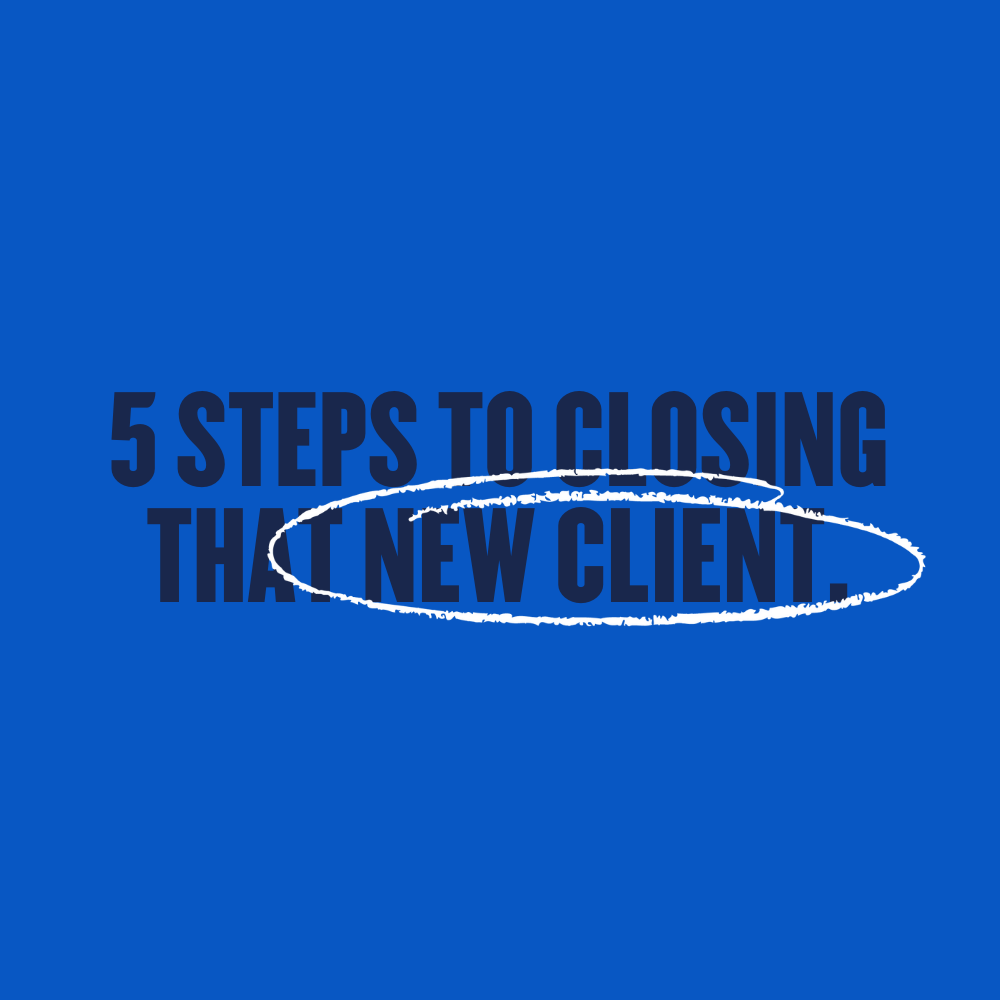
Five Step To Closing That New ClientProject type
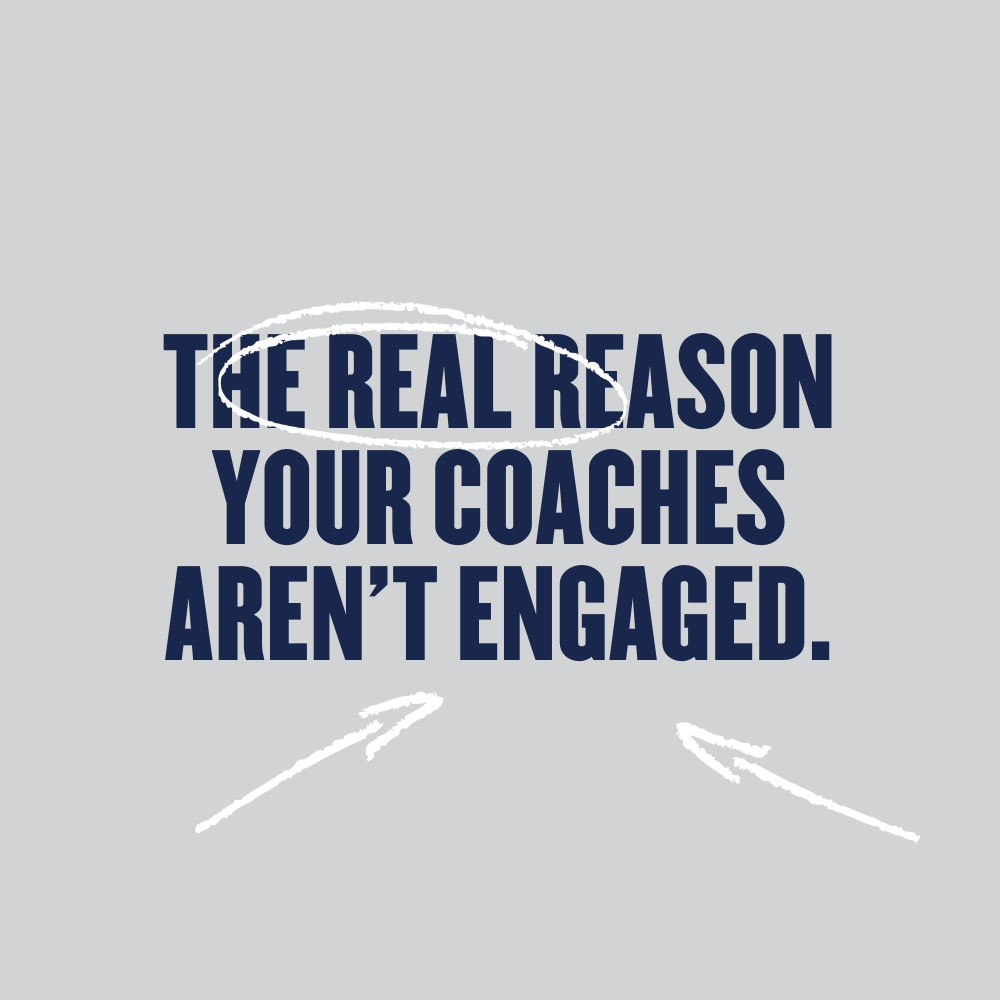
The Real Reason Your Coaches Aren't EngagedProject type
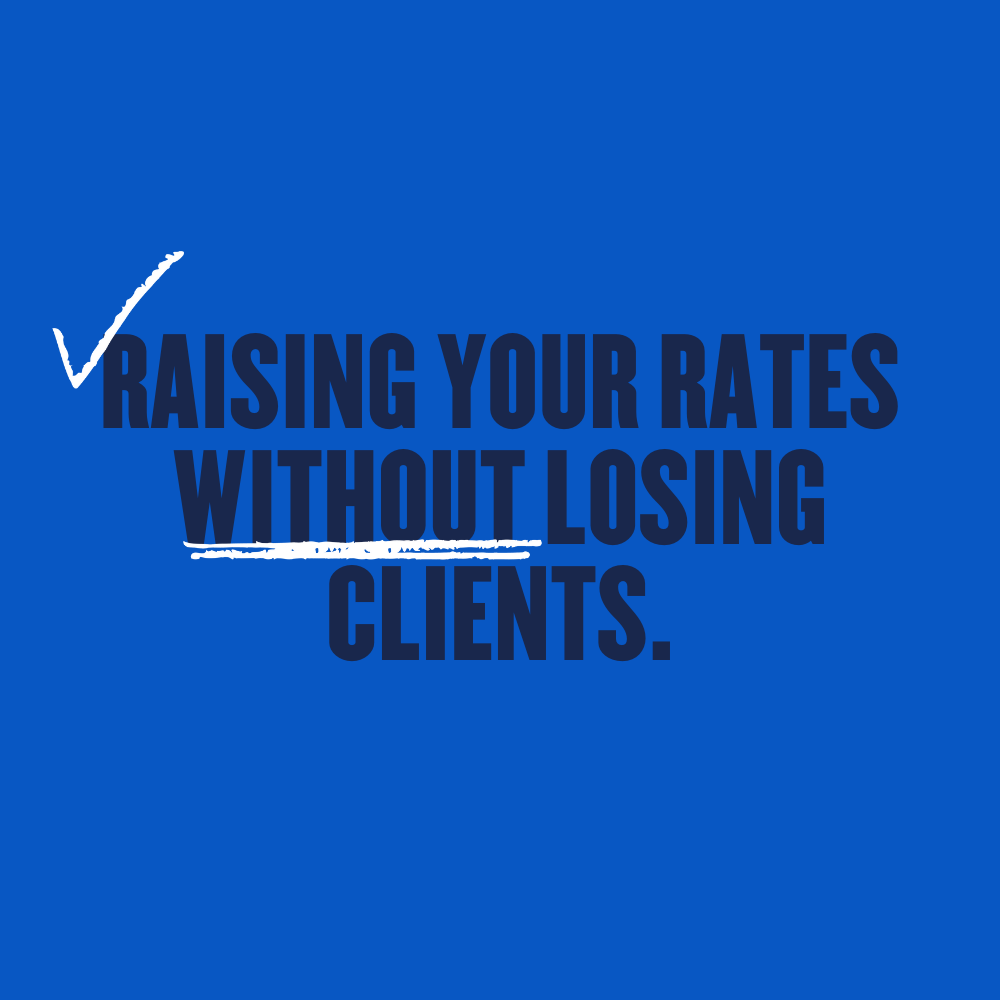
How To Raise Your Rates Without Losing ClientsProject type

7 Sales Tips For The Gym OwnerProject type
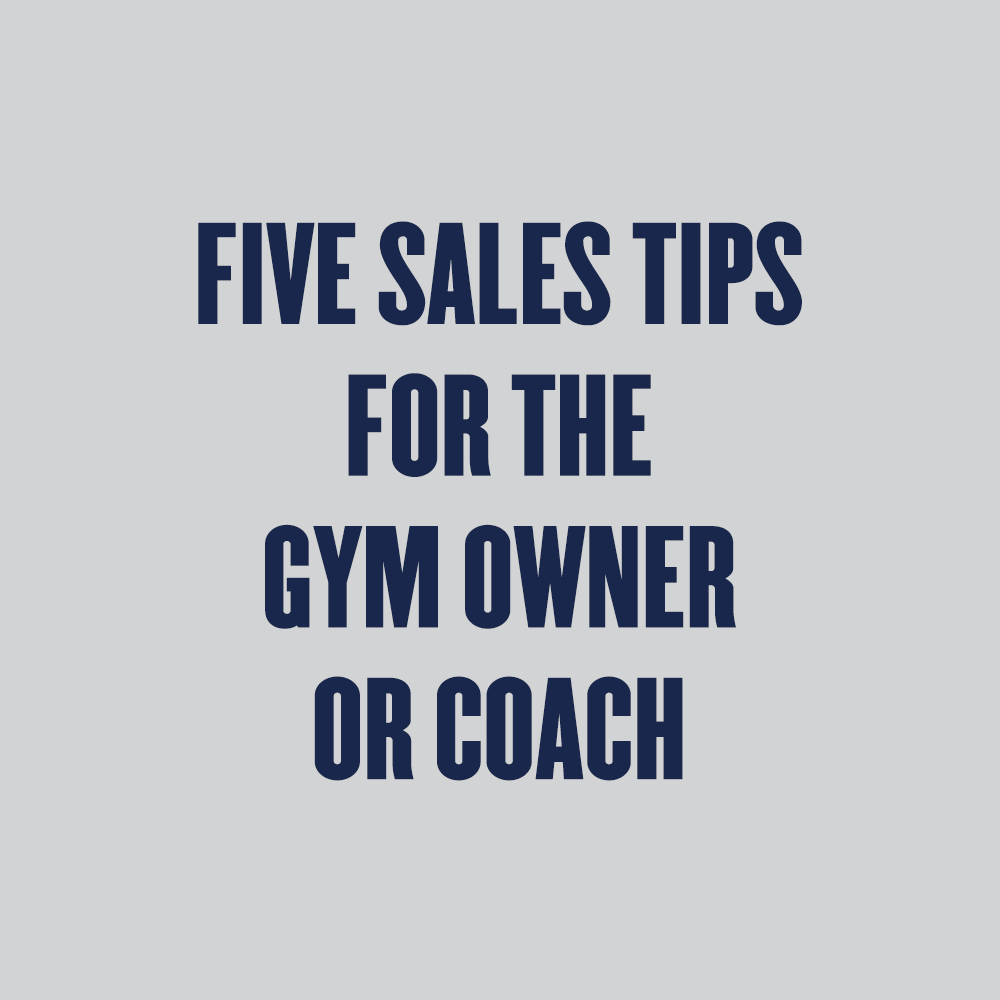
Five Sales Tips for the Gym Owner or CoachProject type

Optimizing Your Client Development ProcessProject type

Change The Way You Think About SalesProject type
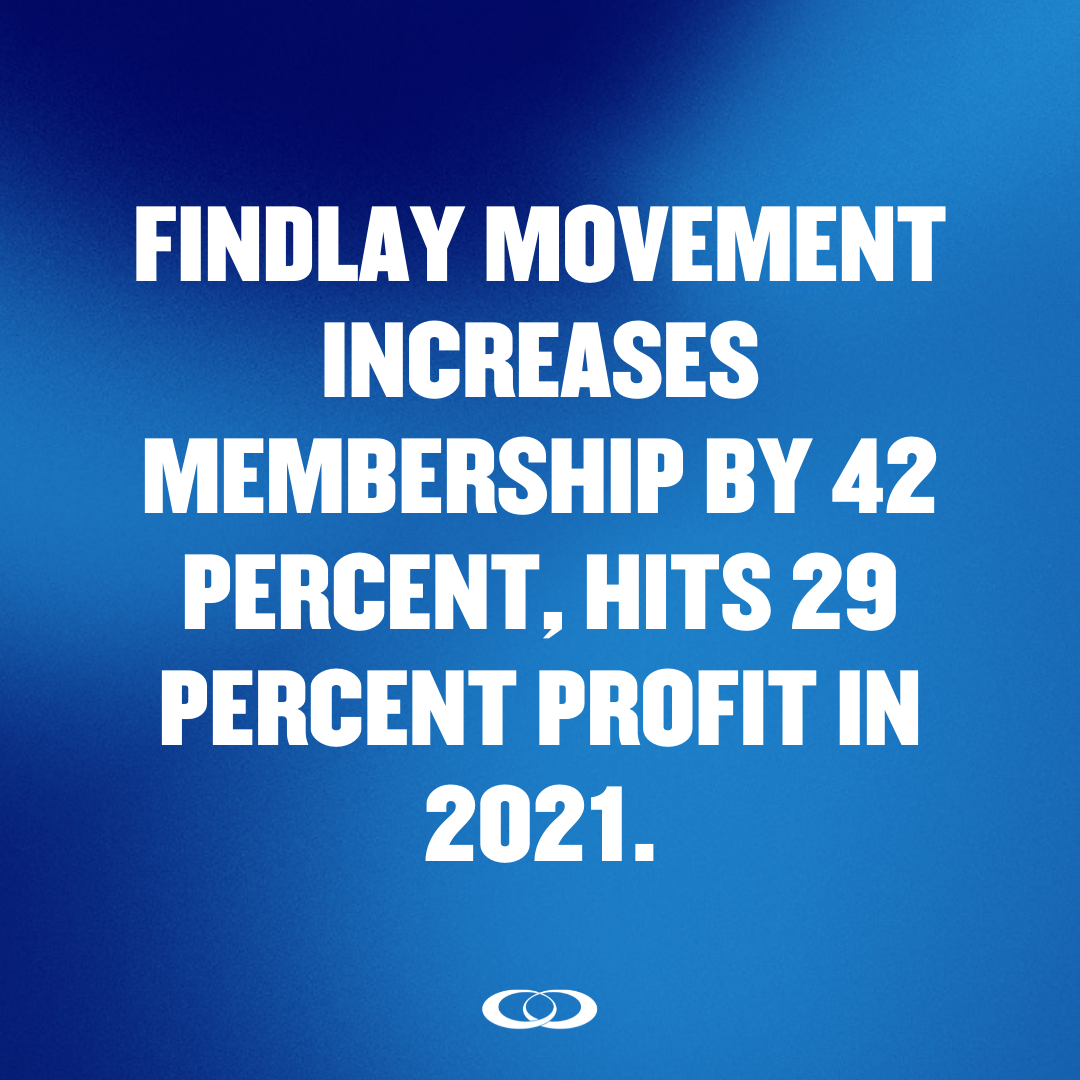
Case Study: Findlay MovementProject type

Case Study: CrossFit Bridge CityProject type
Contact Us
1980 Clark Drive
Vancouver, BC Canada
V5N 0A9
Copyright © 2023 Madlab Business. All Rights Reserved.

